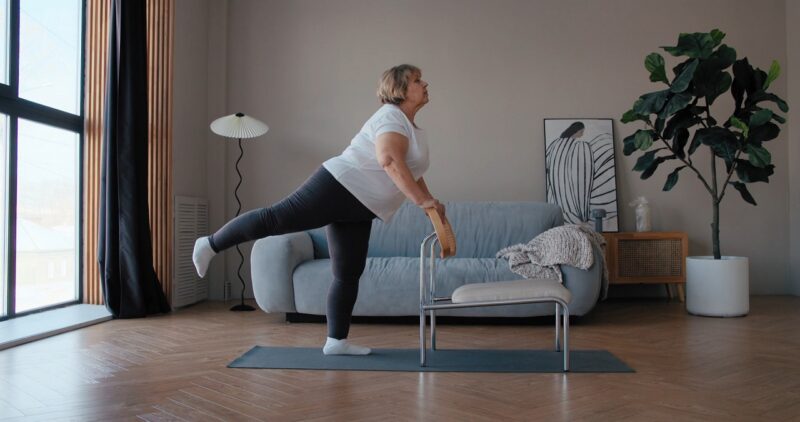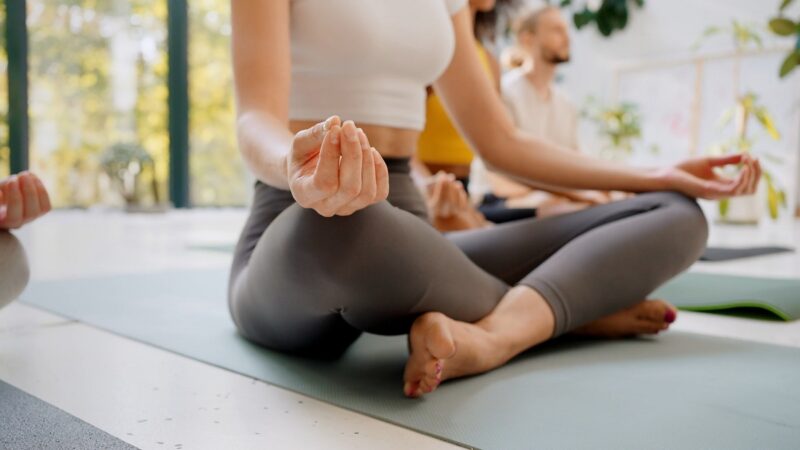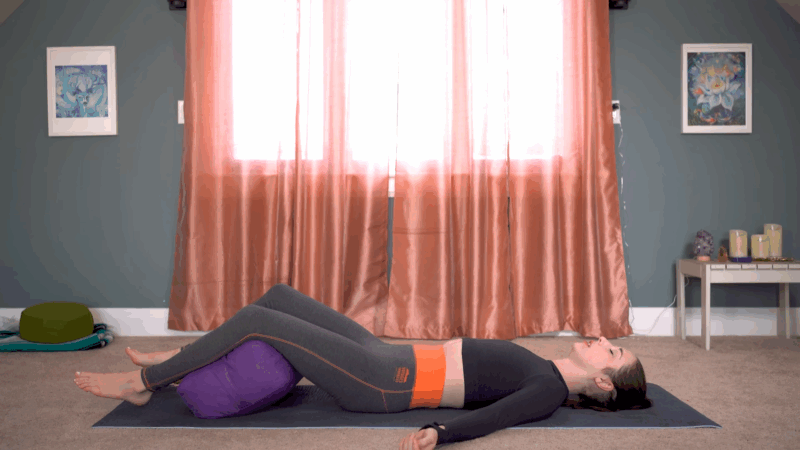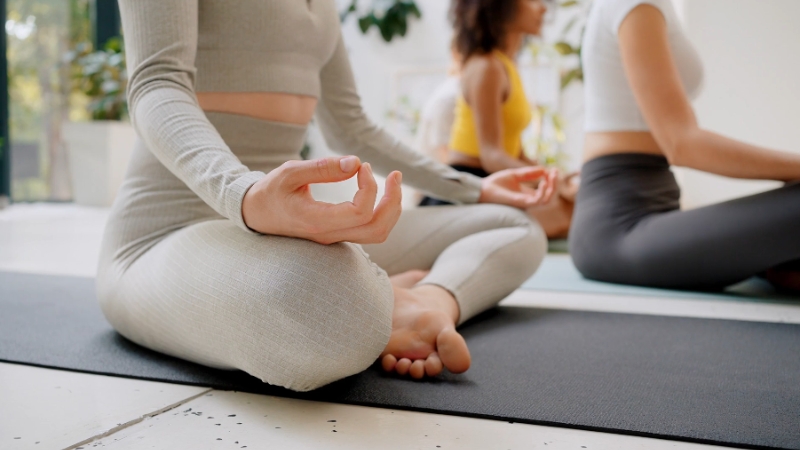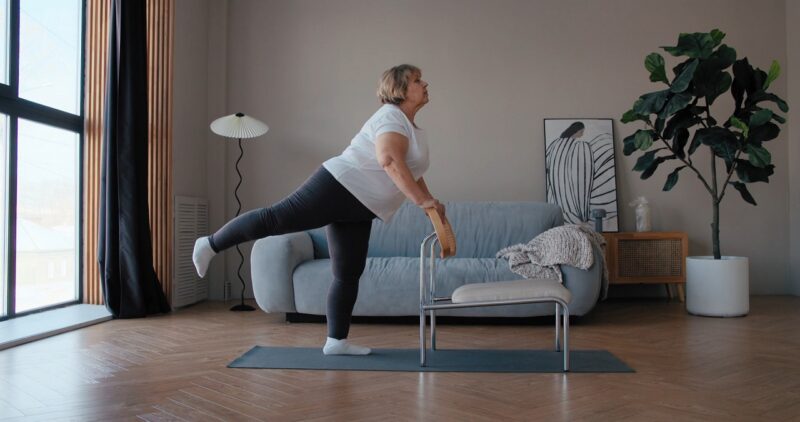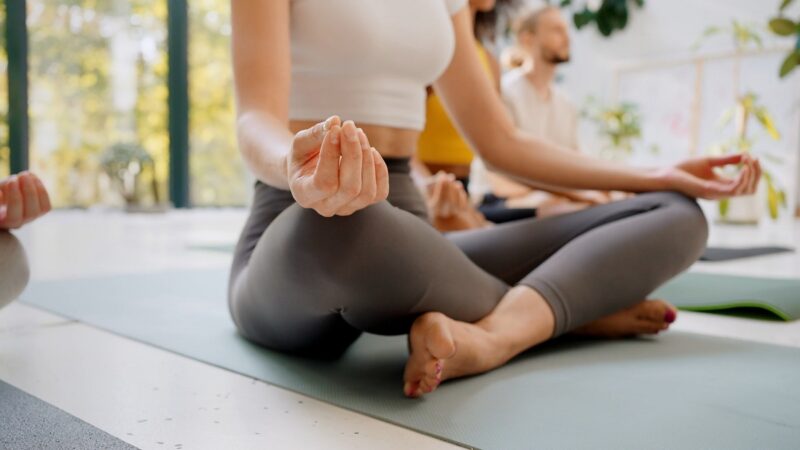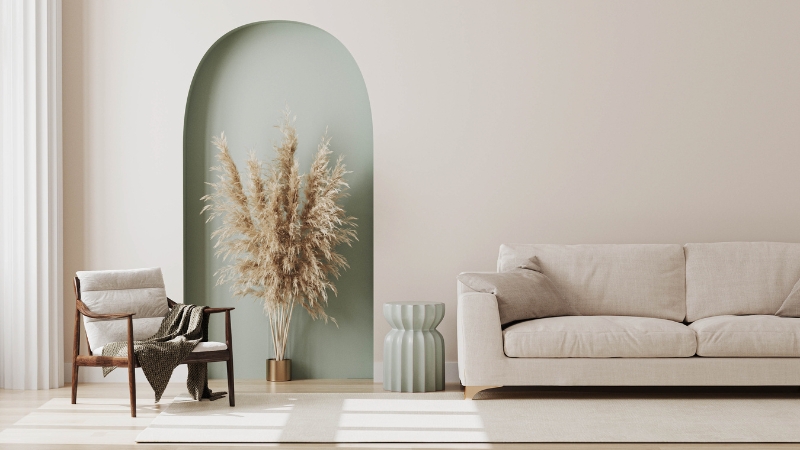
Share Post:
Home environments shape daily emotions more than most people realize.
Subtle choices in design, colors, textures, and personal objects have the power to:
With the right touch, a room becomes more than walls and furniture; it transforms into a place of comfort, energy, or elegance depending on the intent behind the details.
Now, we will address what kind of impact small decorative details can have on changing the mood of the room.
The Power of Small Decorative Changes
View this post on Instagram
A post shared by Ranu Soni: Home Decor | Interior styling (@decorbyranu)
Even modest alterations can shift a room’s energy.
Small decorative touches may seem insignificant, yet they carry the ability to transform how a space feels without major renovations.
A few intentional choices can change comfort levels, enhance mood, and refresh the overall experience of a room.
Minor Tweaks, Major Shifts
Shifting curtains, replacing hardware, or adjusting lighting creates immediate changes.
Heavy drapes may make a room feel enclosed, while airy sheers invite brightness and space.
Small investments in lightbulbs, cabinet pulls, or lamp shades subtly reshape the environment.
Mood Enhancers: Specific Small Decor
Accessories, when chosen carefully, carry emotional weight. Each item introduces a new layer of energy and personality.
- Throw pillows in bold shades energize a room.
- Neutral-toned rugs calm the mind and provide grounding.
- Fresh flowers add vitality and a sense of renewal.
- Fairy lights or warm LEDs generate a cozy ambiance.
Lighting and accessories work together to guide the mood, helping people relax, focus, or connect.
Personalization & Handmade Touches
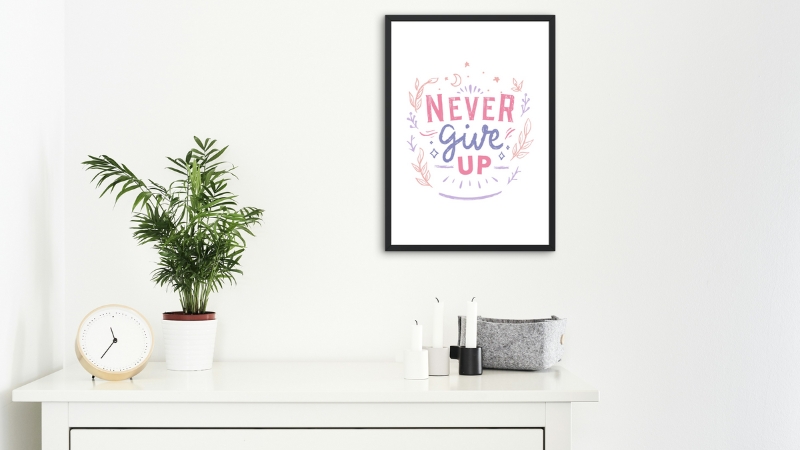
Personal elements provide emotional resonance within a home.
Handmade pottery, framed quotes, or macramé wall hangings elevate a room with meaning that mass-produced decor cannot always replicate.
Even custom plushies can serve as comforting reminders of individuality and identity.
Personalization ensures that a room feels less like a display and more like a reflection of the person who inhabits it.
Greenery & Nature as Emotional Uplift
Introducing plants is one of the most effective and affordable ways to elevate mood.
Greenery improves air quality, reduces stress, and brings balance to interiors.
Even faux plants contribute to visual calm by introducing softness and natural tones.
A single vine, small succulent, or windowsill herb garden creates a sense of vitality. Rooms enriched with natural elements feel fresher, lighter, and more inviting.
The Psychological Impact of Interior Design
Design decisions are rarely neutral, as every choice made inside a room affects the human mind.
Psychology and interior design operate together, shaping behavior, influencing emotions, and altering how energy is distributed in a space.
Visual elements are often processed subconsciously, meaning people respond emotionally to color, texture, and arrangement without deliberate thought.
A room that feels cluttered may increase stress levels, while a well-arranged one creates calmness and focus.
Color has long been recognized as one of the strongest psychological triggers in design. Warm colors such as red, orange, and yellow create stimulation and energy, while cooler tones like blue and green provide calmness and relaxation.
Neutral shades work as balancing forces, grounding the room and reducing overstimulation. Lighting functions as another powerful element.
Warm lamps or dimmed bulbs soothe the nervous system and invite comfort, while brighter lighting encourages alertness and productivity.
Layout also plays a central role. A room with an open flow encourages movement and interaction, while cramped arrangements may generate unease.
When furniture, lighting, and decor are placed thoughtfully, people feel guided and supported by the environment rather than overwhelmed.
Intentionality in design is what separates functional yet uninspiring rooms from spaces that cultivate joy, safety, and emotional grounding.
Key points to remember:
- Light impacts stress, energy, and relaxation.
- Color choices influence comfort, joy, or focus.
- Layout and flow determine how welcoming or overwhelming a space feels.
Emotional Triggers by Room
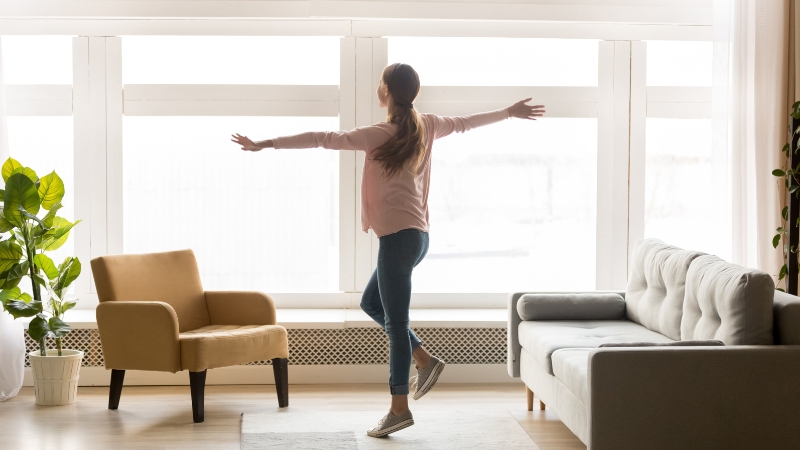
Every room carries its own purpose, and the mood should match that function.
Interior choices influence how people behave in different parts of the home, reinforcing intended experiences.
Subtle details like fabric selection, lighting adjustments, and color palettes create emotional anchors for each setting.
- Living Room: A social hub that thrives on comfort and happiness. Plush textures, layered lighting, and inviting seating encourage conversation and togetherness. Warm tones and soft fabrics remind people to relax, share, and connect.
- Bedroom: A sanctuary that nurtures intimacy and rest. Soft hues such as pastels or muted tones provide calm, while dim lighting and layered textiles evoke warmth and romance. A bedroom designed with comfort in mind enhances sleep quality and supports emotional closeness.
- Dining Room: A place of pride and elegance. Reflective surfaces, intentional table arrangements, and bold centerpieces elevate the room’s character. Lighting positioned to highlight the table creates formality and makes gatherings feel more special.
When a room’s design harmonizes with its purpose, mood becomes a natural extension of intention.
Emotional well-being is strengthened by design choices that align with the activities within each space.
How Texture, Color, and Flow Matter
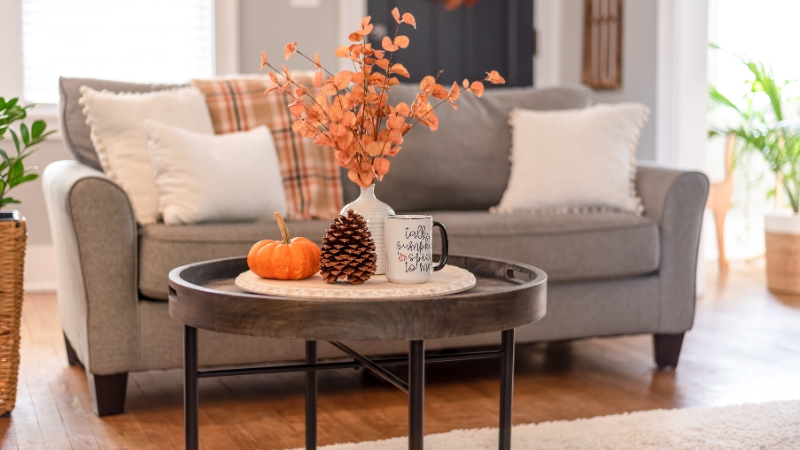
Texture, color, and flow are often underestimated but remain essential for shaping subconscious experiences.
Textures influence how a space feels emotionally as much as physically.
Plush fabrics, such as velvets or thick rugs, create comfort and softness, while sleek metal or glass surfaces suggest energy and precision.
Combining both types balances coziness with sophistication.
Color adds another dimension. Bold shades introduce vibrancy, energy, and stimulation, while softer tones bring calm and neutrality.
A room filled with neutral colors and natural finishes offers a sense of stability, reducing overstimulation. In contrast, strategic splashes of bright color can energize occupants and prevent monotony.
Natural light contributes directly to mental well-being, improving alertness and regulating sleep cycles.
Studies often show that people working or living in well-lit environments report better focus and higher levels of happiness.
Spaces with poor lighting, by contrast, can feel heavy and stifling.
Feng Shui-inspired principles also emphasize emotional alignment through materials and placement:
- Wood symbolizes growth, renewal, and vitality.
- Water represents clarity, flow, and insight.
- Earth tones provide stability and grounding.
Flow connects all these elements together. Furniture placement, light pathways, and decor arrangement should create movement without obstruction.
When texture, color, and flow harmonize, the room becomes emotionally balanced and visually supportive.
Summary
@practicallyfancy Whimsical decor that moves—like a breeze-blown mobile or a flicker of light—adds magic to your space and your mood. It calms, uplifts, and makes home feel alive. Don’t underestimate the power of a little motion 💫 #creatorsearchinsights #WhimsicalDecor #InteriorJoy #MoodBoostingSpaces #MovingArt #OfficeVibes #officedecor ♬ dream river. – Woodsman
Small decorative details have a surprisingly strong influence on mood and comfort.
Carefully chosen colors, textures, and objects shape emotions, turning ordinary rooms into spaces that reflect intention and warmth.
A fresh pillow, a simple plant, or a new paint shade can create a noticeable change without major investment.
Design your home yoga studio with calming accents and natural light to reinforce balance and focus in daily practice.
Personal touches hold the power to transform everyday environments into uplifting, comfortable, and emotionally resonant places.




